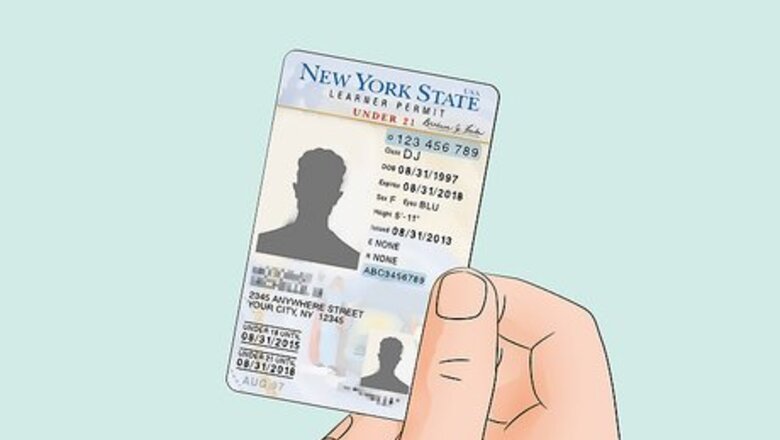
views
Practicing before Your Test
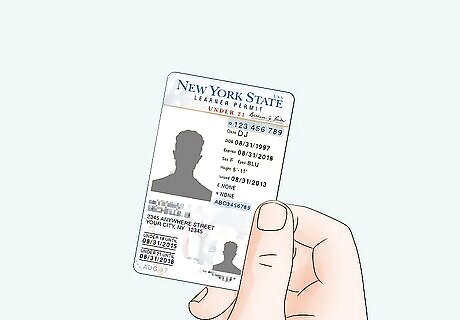
Get your learner’s permit. Before taking a road test in New York, you need to obtain a learner's permit by providing proof of identity at the DMV and passing a written test. The written test consists of 20 questions, and you need to answer at least 14 correctly to pass. Once you pass the test, your permit will arrive in the mail within 2 weeks. You must be at least 16 years old to get your learner’s permit. If you are under 18, you will need to bring a parent or guardian to the DMV with you to sign some forms. You do not need to show proof of immigration status for non-commercial driver's licenses, but you still must pass the same tests as everyone else. Study the New York Learner's Permit Manual and take practice tests through the New York DMV website to get a better score on your written test. Schedule your appointment online so you don't have to wait at the DMV.
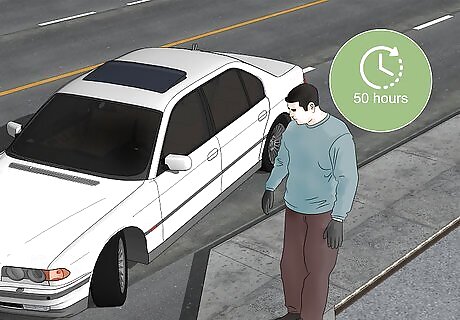
Get in at least 50 hours of supervised driving to practice. After you get your permit, you can drive a vehicle as long as you have a licensed driver with you that’s over 21. Try driving during different times of the day or weather conditions so you can get hands-on practice in multiple elements. Look for less busy suburban roads for when you first start driving so there isn’t as much traffic, but move to busier areas once you start feeling comfortable. If you’re under 18, then you’re required to log 50 hours of driving time and have a form signed by a parent or guardian. You don’t have to drive exactly 50 hours if you’re over 18, but it will give you more practice so you feel more confident behind the wheel. Make sure to drive at least 15 hours at night and 10 hours in heavier traffic so you know what to expect when you’re driving later on.
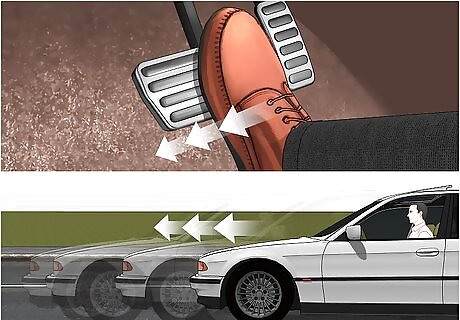
Work on gently accelerating and braking to prevent abrupt starts and stops. Don’t push hard on the accelerator or else you could jump forward and cause an accident. Instead, slowly press the pedal with your toe so you ease up to speed. When you need to slow down or stop, use the same foot to lightly press the brake pedal so you gradually slow down rather than abruptly stop. Make sure you’re in the correct gear if you’re driving a manual vehicle. Check that you stop before the front of your car passes the end of an intersection or a crosswalk since you could lose points on your road test if you go too far.Tip: Every vehicle brakes differently, so be sure to practice driving in the one you plan on using for your test so you’re familiar with how the brakes feel.
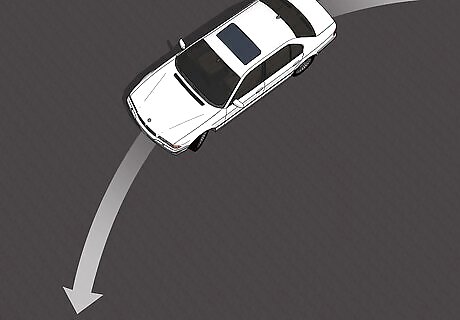
Practice making smooth turns so you don’t jerk around during the test. Avoid pulling out too far and turning the wheel quickly since it could cause your vehicle to jerk and will cause you to lose points on the test. Slow down as you enter the turn and ease the wheel in the direction you want to go so your turn goes smoothly. As you come out of the turn, slowly start to accelerate again back up to the speed limit. Be sure to always check to your left, right, and left again before making a turn. That way, you’ll be able to see if any traffic is coming your way.

Use your turn signals so other traffic knows where you’re going. Your turn signals are the lights on either side of your vehicle that blink when you’re turning. Locate the handle on or behind the steering wheel and push it up or down to turn on the signal. Look at your dashboard to see which arrow lights up so you know what side of your vehicle has a blinking light. If your turn signal is rapidly flashing or clicking when you turn it on, then one of the lights is burnt out and you need to replace it before your test.
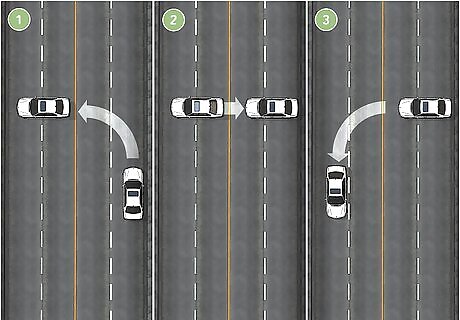
Work on making a 3-point turn safely. Use your turn signals to pull next to the curb on the right side. Turn on your left signal and look over your shoulder to see if there’s any traffic coming. If there isn’t any traffic from either direction, turn your wheel as far to the left as you can to loop around toward the curb on the opposite side. Shift into reverse and watch behind you as you back up to straighten yourself out again. Change back into drive and then continue practicing. You will be asked to make a 3-point turn at some point during your road test. Be careful not to hit the curb while you’re making your turn since you could lose points otherwise.

Refine your parallel parking abilities. Pull up next to the car you want to park behind so you can see their bumper in the rear passenger window when you look over your shoulder. Shift your vehicle into reverse and turn the steering wheel to the right to pull into the space. When the bumper on the other vehicle lines up with the front of your dash, turn your steering wheel to the left to straighten out in the space. Get within 6–9 inches (15–23 cm) of the curb and make sure your vehicle is straight. The evaluator will ask you to parallel park during your road test. Practice using safety cones at first so you don’t damage any vehicles while you’re driving. Be careful not to hit the curb or any other vehicles while you’re parallel parking. Remember that the space where you want to parallel park needs to be 1½ times longer than your vehicle for you to easily fit.

Familiarize yourself with road signs so you know what they mean. Look at pictures of road signs and check what they mean online or in a DMV driver’s manual. If you still have trouble remembering signs, try making flashcards with pictures of the signs on one side and what they mean on the other. Keep memorizing the road signs and following them closely while you’re practicing on the road. Some of the major road signs you need to know are: Stop, Yield, Speed Limit, and Do Not Enter. Make sure you also know how to read a traffic light since you’ll usually need to drive through an intersection with lights.
Complete a five-hour pre-licensing course. Anyone who did not complete a driver's education course, regardless of age, must complete a five-hour pre-licensing course before being allowed to take the road test. This course is offered by most driving schools, as well as some high schools and community colleges. During the course, you will have the opportunity to ask the instructor questions about safe driving, and you will learn about the dangers of drunk driving or driving under the influence of drugs, as well as what you can do to prevent collisions. Until you obtain your certificate of completion, the DMV will not allow you to take the road test.
Taking the Road Test
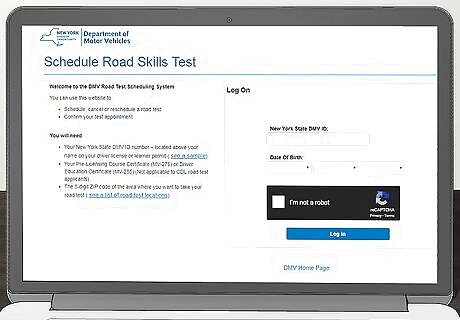
Schedule your road test online. Go to the New York DMV website and find the option where you can schedule your road test. Pick the DMV office that’s closest to you and look at the available times for the test. Make an appointment for a time that works best for you to take the test and write it down so you don’t forget about it. If you’re under 18, you must wait until 6 months after you get your permit to schedule your test. You can always cancel your test as long as it’s 1 full day before the scheduled time. Make sure to get a good night's sleep before your road test. Eat a good breakfast the morning of and bring all of the necessary documentation, like your permit and driver's certificate, to your appointment.
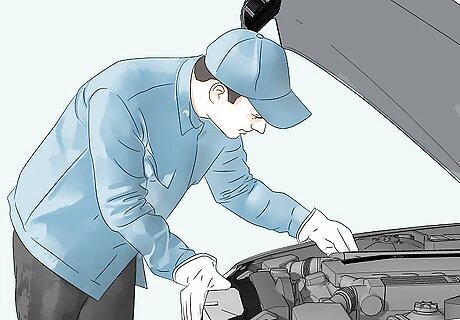
Make sure the vehicle you’re using is in working order before your test. Turn the vehicle on and check if there are any emergency or check engine lights on in the dashboard. If there is, take the vehicle to a repair shop before your test to get it fixed. Make sure the vehicle is completely registered and insured so it’s safe and legal to drive. Evaluators won’t allow you to complete your road test if there is anything wrong with the vehicle. If you don’t have your own vehicle, ask a friend or family member to see if you can borrow theirs. Otherwise, you may be able to rent a car from a driver training school. Familiarize yourself with the vehicle before the test. Learn how to adjust the seat and operate the lights, windshield wipers, and so on.
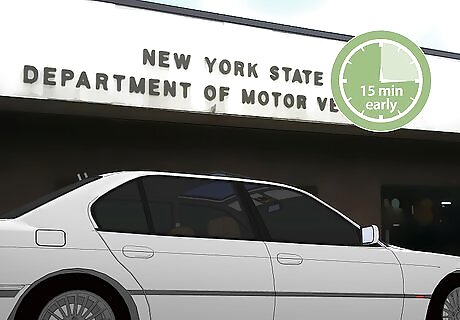
Arrive 15 minutes earlier than your scheduled test time. Schedule your road test whenever you feel comfortable taking it. Bring another person with you in your vehicle when you go to the DMV where you scheduled your road test. Be sure to get there at least 15 minutes early so you can check in and let the evaluators know that you’re there. Wait patiently for your them to call your name so your test can begin. Don’t drive to your road test by yourself since it is illegal to drive unsupervised with only a permit. DMV offices may handle road tests and checking in differently, so follow whatever instructions they give you when you arrive. It's very important that you are not late for your appointment.
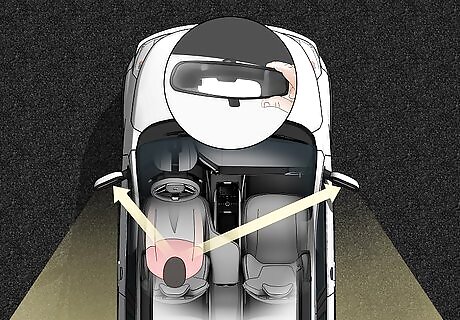
Adjust your mirrors before you start your vehicle. When your test is starting, check your side-view mirrors and adjust them by hand or with the arrows on your door or dashboard. Make sure you can see the back of your vehicle and in the next lane over in each mirror. Then position your rearview mirror so you can clearly see out the back window. Even if you drove the vehicle last and the mirrors are in place, readjust them so the evaluator knows that you’ve done it. That way, you won’t lose any points for them.
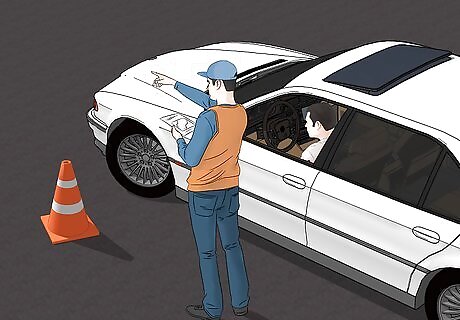
Follow the evaluator’s instructions carefully so you know what to do next. The evaluator for your test will tell what to do throughout the test, so the order that you do things may vary. Usually, the road test involves driving down roads with light or medium traffic, making a 3-point turn, and parallel parking your vehicle. Follow their directions closely so you don’t miss any information, and ask them to clarify if you’re confused. The road test will only last about 15 minutes. The evaluator won’t try to trick you during your road test. Be courteous to the evaluator. Also, ask them what typically causes other drivers to fail the test and see if they have any tips for you.
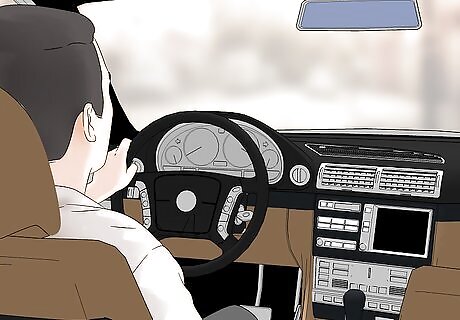
Be attentive of your surroundings by checking your mirrors and other drivers. Keep your eyes on the road and watch for traffic or other hazards around you. Every few seconds, check your side-view and rearview mirrors so to see if there are vehicles around you. Keep both hands on the wheel so you have the most control. Stay 2 seconds behind the vehicle in front of you so you’re a safe following distance away and less likely to get into an accident. Turn your head to look at your mirrors even if you can see them with a quick glance. That way, the evaluator can see that you’re paying attention to your surroundings.
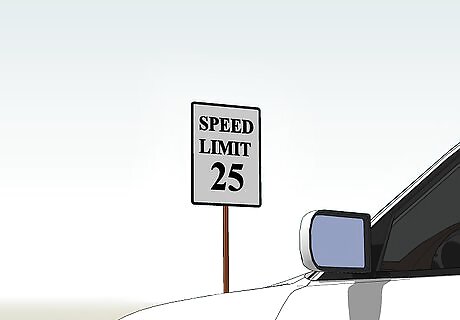
Maintain the speed limit throughout your road test. Check for a speed limit sign as soon as you get on the road so you know how fast you’re allowed to go. Keep your speed limit at or slightly below the limit while you’re driving so you don’t speed, which will automatically lose you points. Keep your foot steady on the accelerator and press the brakes if you need to slow down.Warning: Don’t go too slow while you’re taking your road test since you could lose points for being too cautious and holding up traffic.
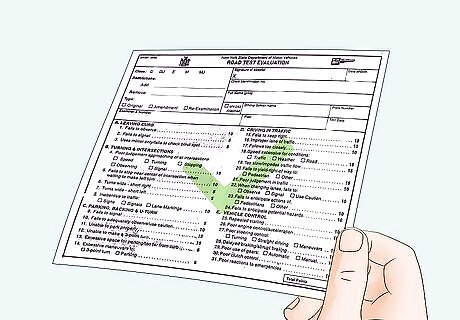
Don’t lose more than 30 points during your test. The evaluator will remove points whenever they notice a mistake, such as speeding, forgetting to use a turn signal, or hitting the curb. Each evaluator may remove points differently, so just drive as safe as you possibly can to get a good score. If you lose less than 30 points, then you can get your license, but if you lost more, then you need to retake your test. You may automatically fail if you break any traffic laws or get in an accident during the test. You can set up 2 different times when you first schedule a road test, but each time afterward will have an additional charge.
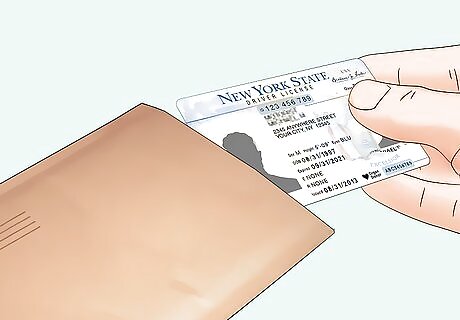
Wait for your license to come in the mail 2 weeks after your test. If you pass your test, the evaluator will give you an interim license you can use with your permit to continue driving. Wait about 2 weeks for your official license to come in the mail before disposing of your learner’s permit. Once you have your license, you’re free to drive on your own. If you fail your road test, then you won’t get your license but you can schedule additional test dates.












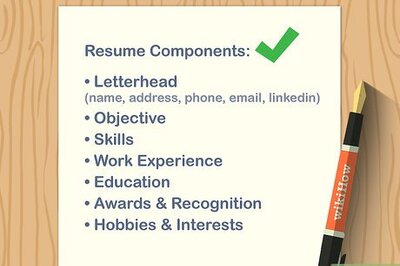


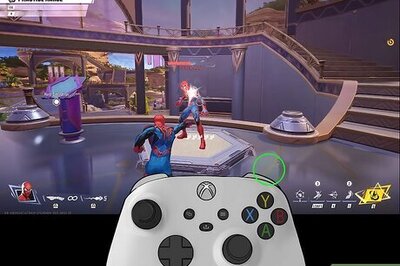


Comments
0 comment